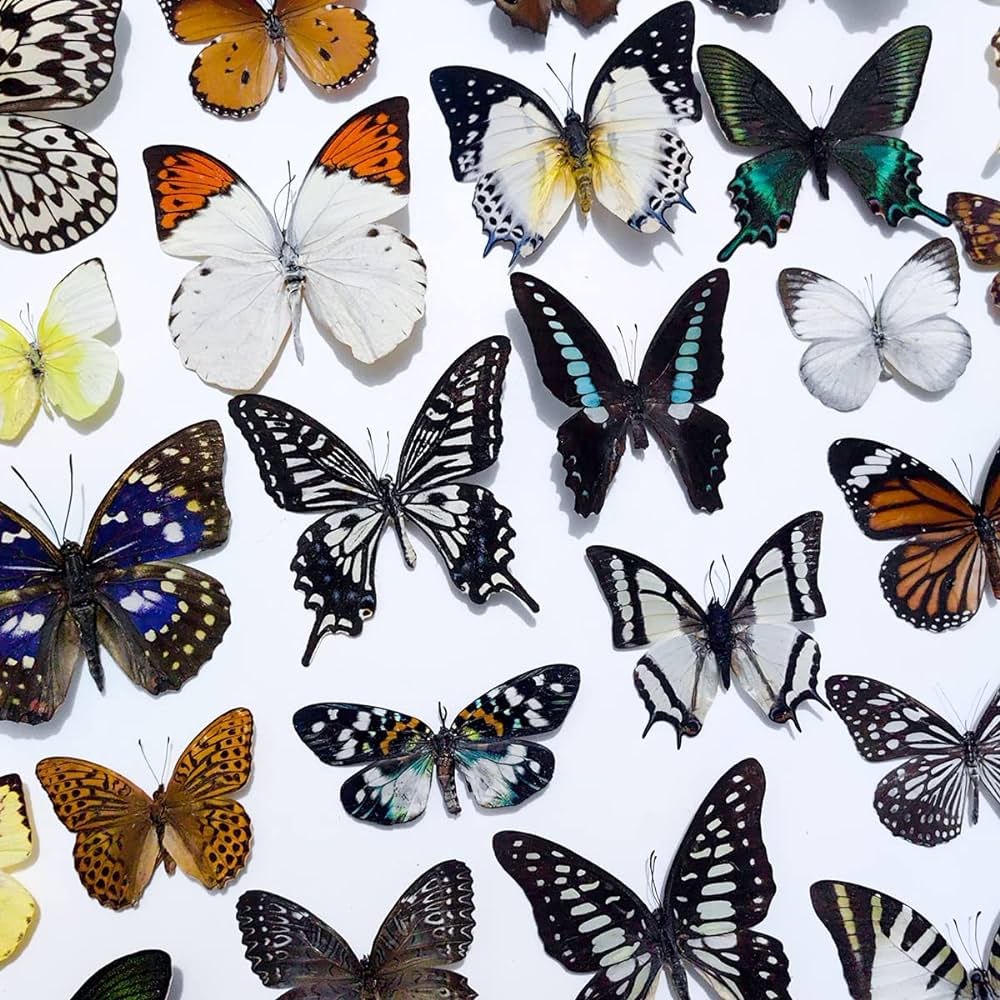
The shapes of butterfly wings is a product of genetic programming, developmental biology, and evolutionary adaptations. Variations in wing shape among different species result from adaptations to their ecological niches, predation pressures, and other environmental factors.
Different butterfly species have evolved wing shapes adapted to their specific ecological niches. For example, some species have wings designed for rapid flight to escape predators, while others have broader wings suited for gliding or slow, hovering flight.
Predation and mimicry also play roles in shaping wings. Some butterflies mimic the wing shapes and patterns of toxic species to avoid predation, while others have cryptic shapes that help them blend into their surroundings.
Sexual selection can also drive differences in wing shapes, with some species having males with more elaborate wing shapes to attract females or for courtship displays. Environmental factors such as temperature, humidity, and food availability during the larval and pupal stages can influence wing development, affecting the growth and final size of the wings.

Design
Site Analysis: Oslo, Norway
Oslo has a humid continental climate characterized by warm summers and fairly cold winters. Oslo receives a fair amount of precipitation during the year. The driest seasons are winter and spring, and the wettest are summer and autumn. Because of the city’s northern latitude, daylight varies greatly, from more than 18 hours in midsummer, when it never gets completely dark at night (no darker than nautical twilight), to around 6 hours in midwinter.
The city is the capital of Norway and is located in the south of the country, on the coast, but inside a fjord more than 80 kilometers (50 miles) deep, where the influence of the sea is less evident than on the coast of the Skagerrak.



Design Logic

Site
Optimization Process: Galapagos
Optimization Parameters: Galapagos

Optimization Results:

Final shape selected:
Minimum solar energy falling on geometry: 57.444 kWh
Building Analysis: Ladybug

